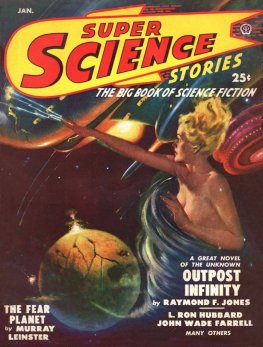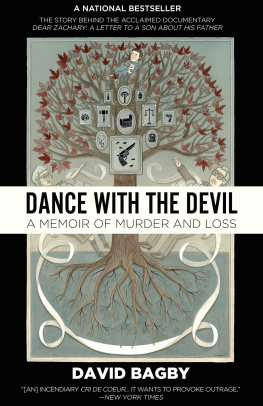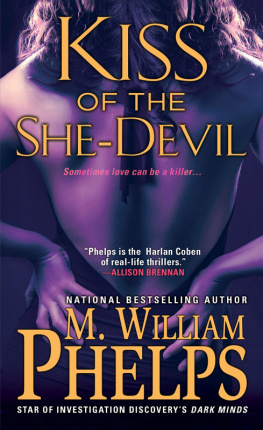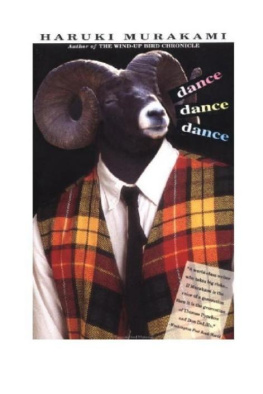William Toffan - Watching the Devil Dance
Here you can read online William Toffan - Watching the Devil Dance full text of the book (entire story) in english for free. Download pdf and epub, get meaning, cover and reviews about this ebook. year: 2020, publisher: Biblioasis, genre: Detective and thriller. Description of the work, (preface) as well as reviews are available. Best literature library LitArk.com created for fans of good reading and offers a wide selection of genres:
Romance novel
Science fiction
Adventure
Detective
Science
History
Home and family
Prose
Art
Politics
Computer
Non-fiction
Religion
Business
Children
Humor
Choose a favorite category and find really read worthwhile books. Enjoy immersion in the world of imagination, feel the emotions of the characters or learn something new for yourself, make an fascinating discovery.

- Book:Watching the Devil Dance
- Author:
- Publisher:Biblioasis
- Genre:
- Year:2020
- Rating:3 / 5
- Favourites:Add to favourites
- Your mark:
- 60
- 1
- 2
- 3
- 4
- 5
Watching the Devil Dance: summary, description and annotation
We offer to read an annotation, description, summary or preface (depends on what the author of the book "Watching the Devil Dance" wrote himself). If you haven't found the necessary information about the book — write in the comments, we will try to find it.
Watching the Devil Dance — read online for free the complete book (whole text) full work
Below is the text of the book, divided by pages. System saving the place of the last page read, allows you to conveniently read the book "Watching the Devil Dance" online for free, without having to search again every time where you left off. Put a bookmark, and you can go to the page where you finished reading at any time.
Font size:
Interval:
Bookmark:
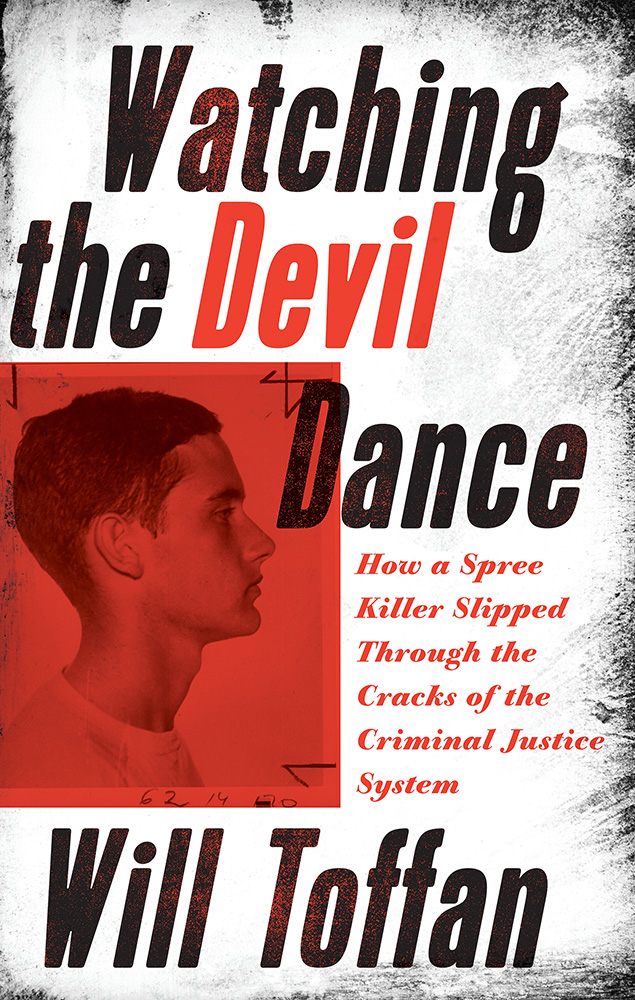
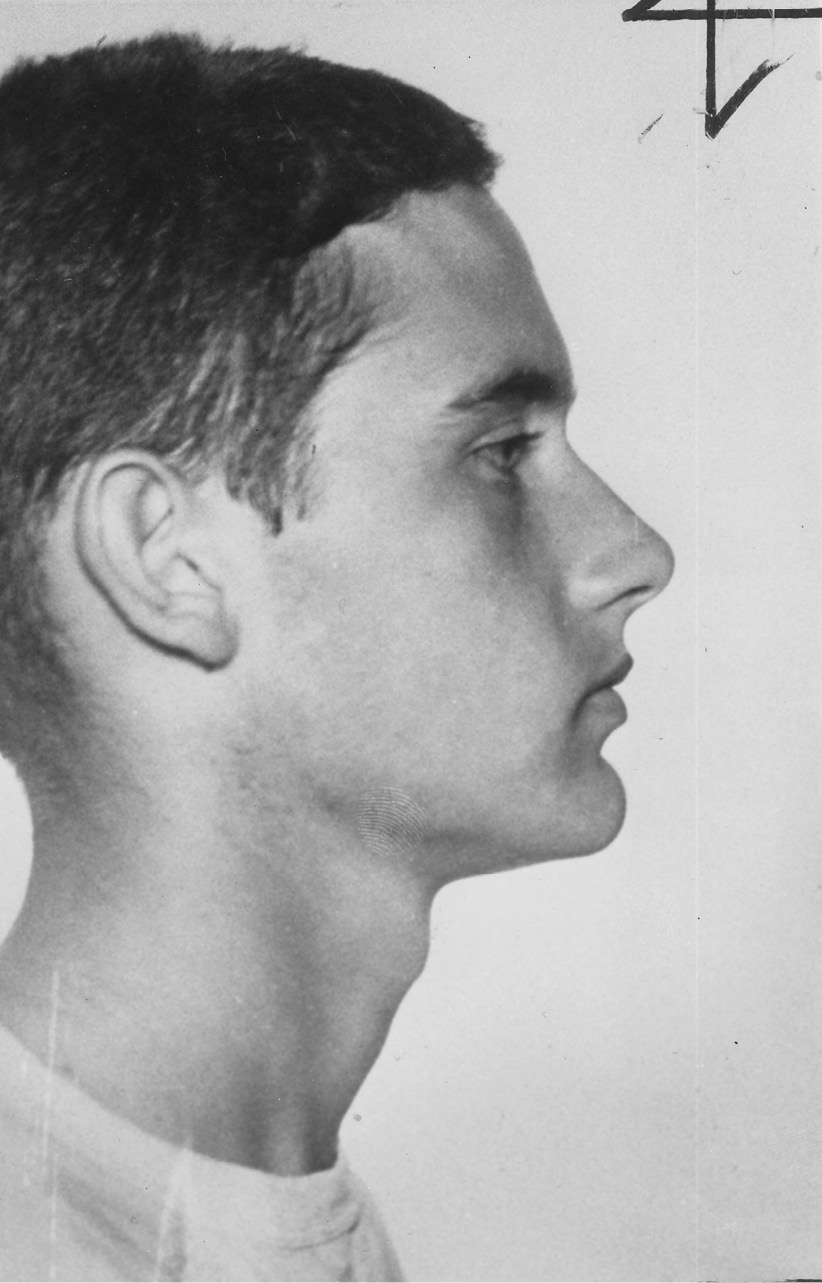


Preface
In 1974, I was a nineteen-year-old lad, a rookie officer of the Royal Canadian Mounted Police. I was assigned to patrol the small logging towns carved by nature and man throughout northern British Columbia, when I found myself at the epicenter of what wasand today remainsthe most active region for serial killers in Canada. The northern city of Prince George is the starting point for Highway 16, a sinister stretch of road connecting central BC to the port city of Prince Rupert on the Pacific coasta distance of approximately 700 kilometres. Today, this lonely stretch is known as the infamous Highway of Tears, where at least eighteen young women have been designated as victims of serial killers, dating back to 1969. Unofficially, more than fifty womenmany of them from nearby reservationshave been considered probable victims of serial homicide by predators hunting on Highway 16. This is where I began my career in law enforcement, but it was not my first brush with murder and a cold-blooded killer.
Lets go back to the summer of 1966 in my hometown of Windsor, Ontario. The city sits on the southern shore of the Detroit River, straddling the international border between Canada and the United States. From Windsors waterfront, one can peer across the Detroit River, barely one kilometre wide, and watch the cars driving down the streets of Detroits once vibrant commercial district. In 1966, Windsor was home to just under two hundred thousand people, slightly less than its current population. In the 1960s and 1970s, it was Canadas automotive capital, producing General Motors, Ford Motor Company, and Chrysler vehicles supported by a world-class tool-and-die industry. With an unemployment rate below 5 percent, Windsor was an industrial powerhouse offering well-paid employment, job security, and a middle-class lifestyle seemingly to anyone with a pulse and a willingness to get out of bed in the morning.
Supported by a thriving industrial sector, Windsors commercial district was in the midst of a construction boom in the summer of 1966. I distinctly recall receiving my first real camera, a 35mm Kodak, for my eleventh birthday. I caught the bus downtown and climbed to the top floor of a new parking garage across the street from Steinbergs department store. I snapped numerous photographs of Windsors rapidly changing skyline and hung the pictures on my bedroom wall. I was very proud of my city. My civic pride and enthusiasm were certainly shared, as every municipal election at the time produced at least one candidate promising to rectify the disparity between Detroits towering skyscrapers and Windsors comparatively unimpressive cityscape. Unfortunately, Windsors zeal for commercial growth and inferiority complex vis--vis Detroit resulted in the destruction of beautiful historic brownstones and regal hotels, leaving our citys skyline scarred. And yet there was no denying Windsor was a city on the move. Seen in retrospect, the 1960s were Windsors golden age.
Windsor was certainly the car capital of Canada, but in 1966, Detroit, Michigan, was the automotive capital of the world. The Motor City boasted a population of 1.8 million, with Detroit car manufacturers claiming a 90 percent global market share. Their factories pumped out thirteen million vehicles annually. Every weekend, Windsorites would cross the border to shop in the always crowded retail stores of downtown Detroit. Sidewalks were crammed with people as street vendors along Woodward Avenue sold bags of hot peanuts and chestnuts roasted on the spot in mobile pushcart ovens. Detroits movie theatresa favourite destination for pubescent boys from Windsordid a brisk business offering titillating sexploitation films unavailable in Canada. Detroit was also the birthplace of a pop music genre that would gain a global following in the 1960s. The Motown sound and its multiple platinum record productions were written and recorded in a small, unimpressive residence located on West Grand Boulevard in the northwest section of downtown Detroit. Local Black artists such as Stevie Wonder, Smokey Robinson, Diana Ross and the Supremes, and the Temptations skyrocketed to international fame. Tragically, the optimism and verve that defined Detroit in the mid-1960s would all come crashing down with the riots of summer 1967, marking the beginning of Detroits slow, inexorable decline. The increase in property destruction and violent crime, its stigma as Americas homicide capital, the White flight to the suburbs, and Detroits crumbling infrastructure were symptomatic of the citys systemic political corruption and diminishing tax revenues. But that was all in the future. No one could have foreseen the fate awaiting Detroit or Windsor as the warm spring days of 1966 slipped into June, when Matthew Charles Lamb loaded his uncles shotgun and set out on a shooting spree on the residential streets of Windsor. There are many reasons why this true crime story deserves historical review, yet my initial motive for revisiting this crime was of a personal nature. The first victim to die at the hands of Matthew Charles Lamb was my next-door neighbour and first adolescent crush.
I first met the Chaykoski family in 1965 when they moved into the upper apartment of the duplex next door to my family home at 1044 Gladstone Avenue, located in a working-class neighbourhood where families kept the grass cut and cleared their sidewalks of snow from the rare storms that periodically marred Windsors traditionally mild winters. I quickly became good friends with the youngest of the family, Richard Chaykoski. Richard shared the apartment with his older sister Edith and their mother, also named Edith. Three elder siblings had already moved on with their own lives. I never met the father and it soon became evident the Chaykoskis were a single-parent family. Admittedly, my most vivid memory of my friendship with Richard had little to do with him. It was the day he introduced me to his nineteen-year-old sister Edith. She was seated on the couch in the living room of their apartment with one or two other girls. Edith was wearing a blue uniform with matching blouse and an impressive hat. I thought she was a nurse. When introduced, she turned and smiled at me and said hello before returning to converse with her friends. I was smitten. I was eleven years old, pushing twelve, and funny feelings in my physiology had begun to stir. Watching Edith from my bedroom window across the street, I would often see her standing at the bus stop. She possessed all the attributes quickly becoming a main focus of my developing interest in girls.
My one intimate moment with Edith Chaykoski was sometime in the summer of 1965. Edith was walking up the alley toward the corner bus stop. Presumably, she was on her way to work at the nursing home, wearing that eye-catching blue uniform. I was riding my new Mustang bicycle with the revolutionary leopard-skin banana seat, with a Davy Crockett coonskin tail dangling from the rear passenger hand bar, which swung back and forth from air gusts generated when pedalling the bike at top speed. I always wore a plastic Ratfink ring on the middle finger of my left hand, prominently displayed and menacing when wrapped around the bicycle handgrip. I raced down the alley at full speed to catch up to Edith, with my six-dollar transistor radio taped to the handlebars cranked at full volume to CKLW-AM blasting The Morning Sun Is Shining Like a Red Rubber Ball, by The Cyrkle. This was my chance! I was at the top of my game and loaded for bear. I raced up alongside Edith and hit my brakes, kicking up a cloud of dust, startling her. Confident I had impressed her with my devil-may-care attitude, I offered her a ride on my bike for the final four metres to the bus stop. She let me down gently, politely explaining she couldnt chance wrinkling or getting bicycle grease on her uniform; a convincing rationale. The Chaykoskis moved away shortly thereafter. That was the last time I saw Edith Chaykoski alive.
Font size:
Interval:
Bookmark:
Similar books «Watching the Devil Dance»
Look at similar books to Watching the Devil Dance. We have selected literature similar in name and meaning in the hope of providing readers with more options to find new, interesting, not yet read works.
Discussion, reviews of the book Watching the Devil Dance and just readers' own opinions. Leave your comments, write what you think about the work, its meaning or the main characters. Specify what exactly you liked and what you didn't like, and why you think so.

